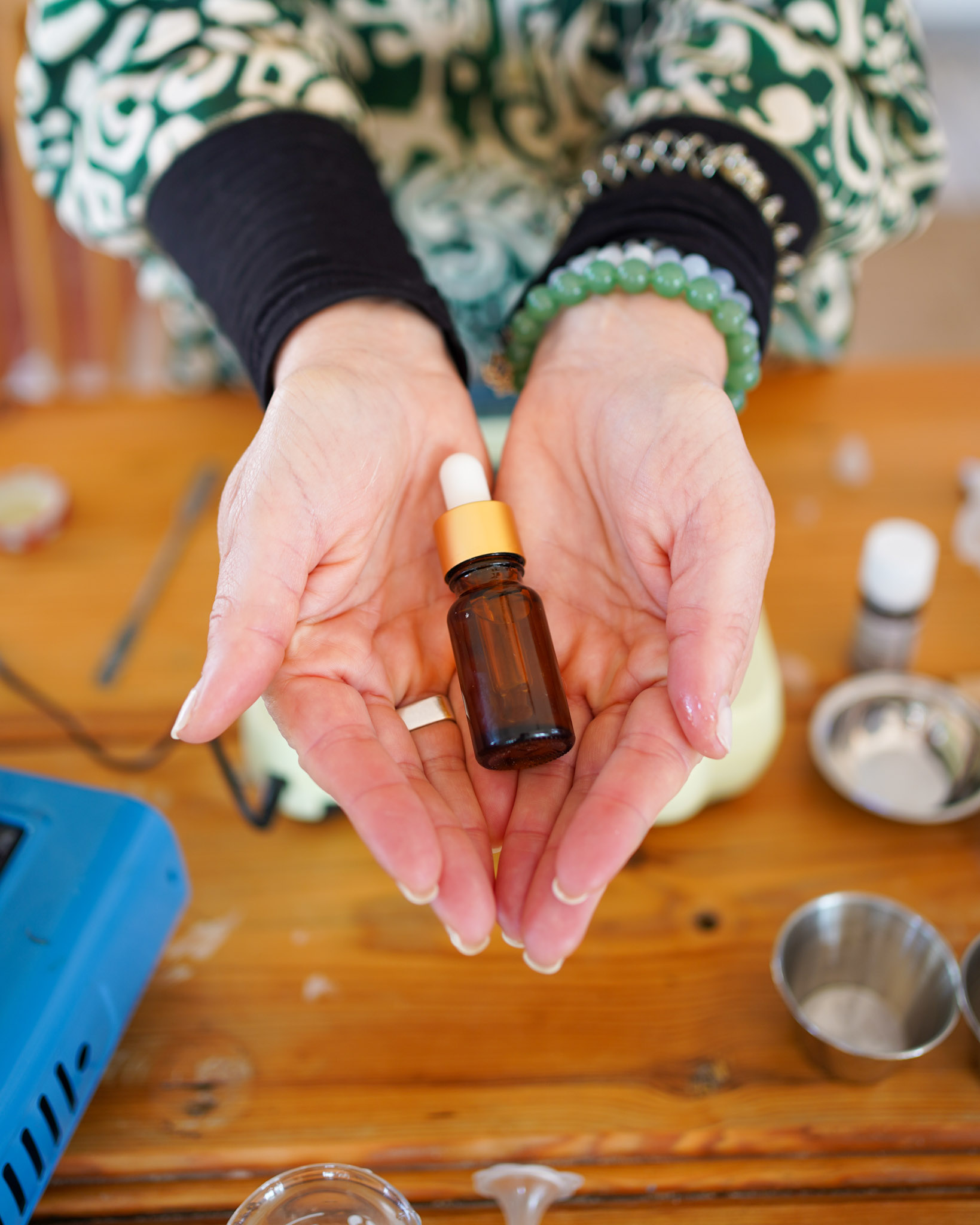
Introduction
Have you noticed how many people today say they have “sensitive skin”? You’re not imagining it. Studies show that up to 60% of women and 40% of men worldwide identify their skin as sensitive. This has made minimal-tolerance formulas one of the fastest-growing niches in cosmetic formulation. But what does “minimal-tolerance” really mean — and how do formulators create products that are both safe and effective for delicate skin?
I have noticed that more and more people who attend my skincare formulation classes suffer from some type of sensitivity or intolerance to cosmetic products. The safest option for them is taking control and make their own formulas at home.
A minimal-tolerance cosmetic is designed to reduce the risk of irritation by keeping formulations simple and focused:
When formulating for sensitive or reactive skin, every ingredient must justify its place. Popular safe bets include:
Even natural ingredients can trigger reactions if used incorrectly:
Learn how to make professional standard skincare from scratch like a pro
Conclusion
Minimal-tolerance formulations are not just a trend — they’re a new standard for the beauty industry. As more people struggle with reactivity, formulators who can create simple, soothing, and effective products will meet one of the biggest demands in skincare today.
🌿 Tip for formulators: Start with barrier-supportive bases, avoid over-complicating formulas, and focus on gentle efficacy. Sensitive skin isn’t a limitation — it’s an opportunity to create some of the most loved and trusted products on the market.
Cheers,
La Mayca x